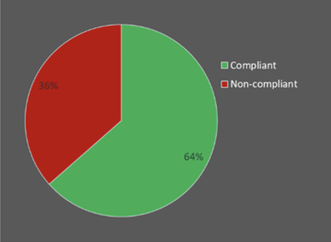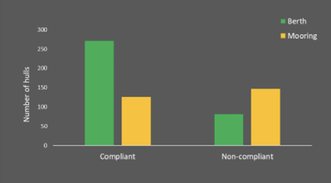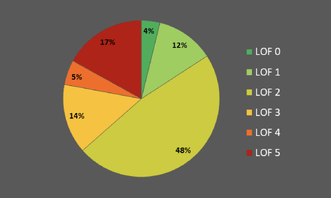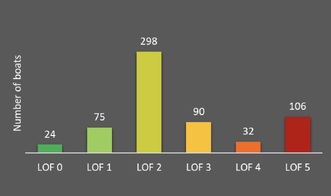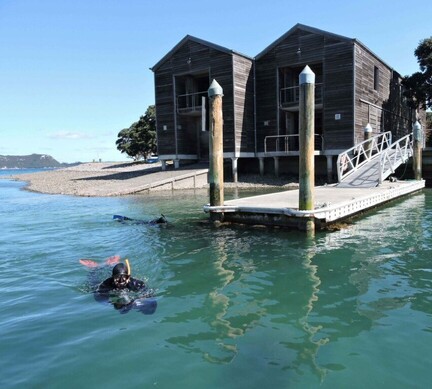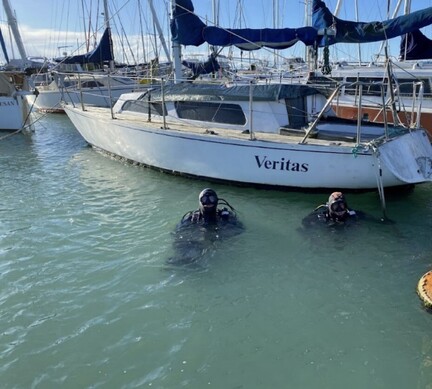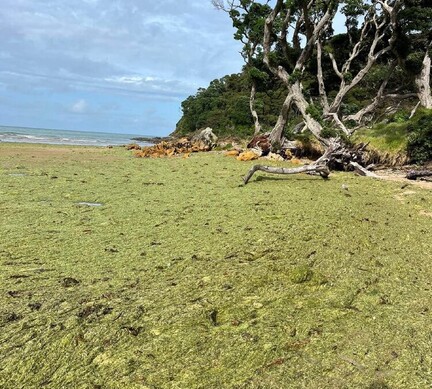Auckland Council Hull Surveillance Programme
Hull biofouling is recognised as being one of the main pathways for biological invasions. The hull surveillance programme aims to identify those vessels that are at high risk of carrying and moving pest species around the Auckland region, and between other regions. The programme was first introduced in 2019, with divers inspecting boats in both marinas and mooring zones.
Divers contracted by Auckland Council will inspect the bottom of boats and niche areas. They are highly experienced in identifying pest species and assessing the Level of Fouling (LOF). Divers will not touch the boat and Auckland Staff are usually on-site assisting during this time.
After a slow start due to ever changing and extreme weather, this season's hull surveillance programme is back on track. Between July 2022 and March 2023, 625 boats were inspected. These comprise of 352 in marina berths and 273 on moorings. Overall there is a reasonably good level of compliance; 64% of boats inspected with a level of fouling (LOF) 0-2 (Figure 1). Boats stored at marina berths show a higher level of compliance compared to those on moorings (Figure 2). Most of the boats inspected so far scored an LOF 2 (Figures 3 and 4).
For more information on the Level of Fouling system refer to the Cawthorn Institute Guide.

